Frank DeFilippo: This Generation’s Political Awakening

We are pleased to introduce Maryland Matters readers to Frank A. DeFelippo — a man who needs no introduction (and for those who do need some initiation, he introduces himself below). Mr. DeFelippo will be gracing our pages every Monday.
Shifting a column from one web site to another is the same as sloshing 10 gallons of alphabet soup and trying to not spill a single drop. It is the nature of journalism today. One site contracts, another expands, or starts up. But the main trouble with journalism today is that everyone with a computer is a reporter and anyone with a cell phone is a photographer.
The switch also involves discerning the mind of a new editor as well as figuring a fresh audience. What will play in one zip code may not be fodder in another. Who was reading the old tactile print product was pretty much a given. But the Internet’s reach is far and wide — and anonymous — a transplant in Dubuque or an ex-pat in Quebec or a kid with an I-pad on the steps of a community college somewhere in Palookaville. But geezers have been around so long that the name might be familiar. If not, here’s the poop sheet.
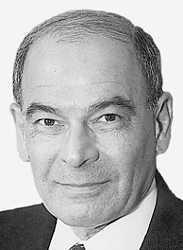
Josh Kurtz called just as my previous gig was ending, and here I am, splashing in the deep end of the talent pool with Josh, Bill Zorzi and Bruce DePuyt and whoever else dives in along the way. Journalism is a form of locomotion — it gets you from here to there.
I left college many years ago with a degree in English and a portable typewriter. Eight years later I was on Air Force One, thrilled but terrified to be in the company of the celebrity reporters of the day — Dan Rather, Max Frankel, Merriman Smith and Frank Reynolds, among them, along with the big guy in the back of the plane, President Lyndon Baines Johnson.
Soon I was on Gov. Spiro T. Agnew’s plane as he campaigned for vice president, seated directly in front of Gene Oishi, of The Baltimore Sun, when Agnew uttered his famous “Fat Jap” lagniappe en route from Las Vegas to Hawaii, with a stopover in San Francisco, the last two thick with Japanese populations. Agnew won on Richard M. Nixon’s coattails, having been denied a home state victory, and was on his way to Washington. And I was on my way to becoming press secretary and speechwriter for Gov. Marvin Mandel, Agnew’s successor (but that’s another long, long story.)
Among all of that bric-a-brac, were the days, weeks, months, even years, of covering the comic opera of politics, the Maryland General Assembly, numerous political campaigns, riots in Cambridge on Maryland’s Eastern Shore, shootings, strikes, prison riots, marches and demonstrations, and a half dozen national political conventions – including the 1968 Democratic National Convention in Chicago where I bivouacked on the tear-gassed rim of Mayor Richard M. Daley’s storm troopers clubbing hapless young people who had gathered to protest the war in Vietnam. Much of this happened when the tools of the trade were upright Underwoods and rotary-dial phones.
Scrunched in the calendar of events was the 1966 Democratic campaign for governor of Maryland in which the slogan, “Your Home Is Your Castle,” triumphed over sanity and reason and handed the party’s nomination to George P. Mahoney, who threatened to beat me up and run me out of the state because he disliked the way I was covering his campaign. Mahoney’s nomination assured Agnew’s election.
My coming of age as a reporter intersected with the convergence of the civil rights movement and the anti-war protests, the collision on the streets of hard-hatted fathers and hard-headed sons. All significant social movements begin on the streets and not in the corridors of Congress. I was in the Lincoln Memorial directly behind the Rev. Martin Luther King Jr. when he delivered his epic “I have a dream” speech. And I rushed to Holy Cross Hospital when Alabama Gov. George C. Wallace was gunned down on a Laurel parking lot. Kennedy, King, a Kennedy again — the discordant shots in piercing counterpoint to the Sixties’ peace anthems of Dylan, the Beatles, Baez and Woodstock.
The two biggest changes in politics between then and now are money and social media. Put aside Citizens United and the Koch brothers for a moment and think locally. In 1970, Mandel’s first campaign for governor cost $1.2 million; his second in 1974 cost $1.5 million; William Donald Schaefer’s 1986 campaign cost $3.5 million; Parris Glendening spent $5 million in 1994; Robert L. Ehrlich spent $20 million in 2002 and nearly the same amount in 2006.
This year’s campaign hasn’t even begun (if you discount the antics of the General Assembly) and Gov. Larry Hogan has already banked more than $5 million, with millions more to come when the prohibition on fundraising lifts at a minute past midnight on the day after the General Assembly adjourns. Last election cycle, David Trone, the Montgomery County package goods merchant, spent $13 million of his own money on a losing campaign for a congressional seat. Trone is trying again this year with similar deep pockets.
News now travels at the speed of light. Embed a reporter on a battlefield with a laptop and a cell phone and editors in New York and Washington will have a body count before the generals at the Pentagon. The promise of social media, like that of its electronic forerunner, television, has backfired. Marshall McLuhan, the godfather of the electronic age, observed decades ago that television would shrink the world into a connected, friendly global village.
McLuhan was wrong. Television fractured the world into warring tribes. Social media is even more devastating on human behavior because of its immediacy and intimacy. Google is everybody’s rap sheet and Facebook leaves subscribers stripped and vulnerable, as we are witnessing. Social media are the instruments that are destroying trust in the nation’s institutions and in themselves. Social media subscribers surrender privacy. That 50 million Facebook users could be compromised and pirated is a breach of implied trust.
The Donald Trump Presidential Library, if such an oxymoronic facility ever exists, will probably contain not a single printed word but will be built around a continuous loop of tweets. Trump employs social media to divide, the “March for Our Lives” organizers use it to unite.
So, in the roundelay of politics, what really has changed is the way we do things and not so much the things we do. Issues are pretty much the same only more visible. Budgets haven’t changed other than being bigger and costlier. In the mid-1960s, for example, the Maryland state budget was a tad under $900 million. The operating budget just adopted is $44.5 billion. Wars, floods, hurricanes, disease, fires, Trump and other disasters come and go, and they are remedied and repaired.
The “March for Our Lives” is this generation’s political awakening. If any event can stir the jaded and the world-weary (as well as the aged), and recall the innocence of the Sixties, it was the heartening sight of hundreds of thousands of young people teaching adults a sense of civic responsibility. To watch them mobilize for the “March for Our lives” was an act of faith — that somehow we at least got something right.
The kids — our children — who came together in the nation’s capital and in cities across the country and around the globe are poised, articulate and savvy in the use of media, mass and social, and, above all, many of them are old enough to vote, or will be in 2020. They raised more than $4 million to finance their march and to help the families of the victims of the Parkland slaying. (Jaelynn Willey, 16, a victim in the St. Mary’s County, Md., school shooting, died late last week as marchers began arriving in Washington.)
They have been betrayed: By President Trump, who promised immediate action against gun violence but sold out to his benefactors at the NRA who contributed $30 million to his campaign; by members of Congress, mainly Republicans, who collected $9 million in NRA contributions over the last election cycle; and by the many adults, cozened by the NRA, who believe that the answer to the more than 300 million privately owned guns in America is even more guns.
If the reactionary sound you hear in the distance has the familiar echo of the Sixties, so, too, do the causes trace to the same decade — an elected and protected class that resists the clamor on the streets and the demands of the people for responsible action. In that decade, the so-called ‘Kiddie Crusade” drove President Johnson from the White House and eventually ended the war in Vietnam.
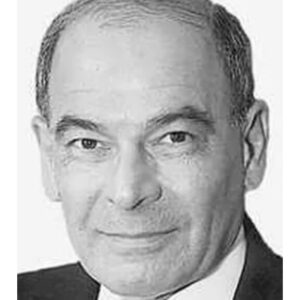
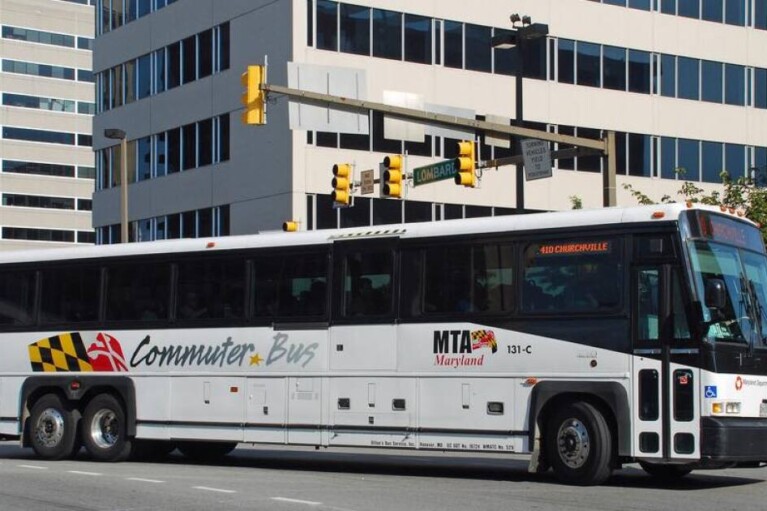
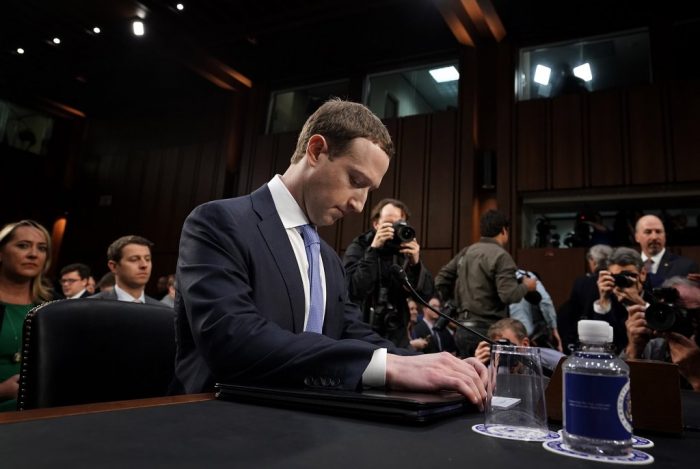
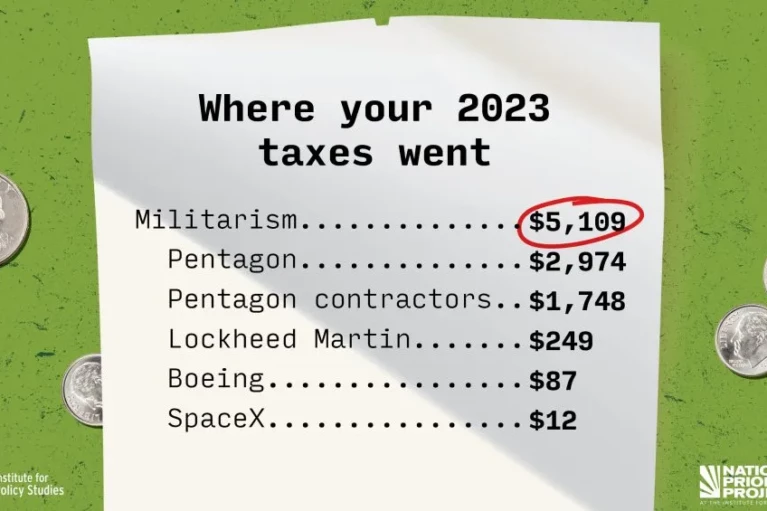
 Creative Commons Attribution
Creative Commons Attribution